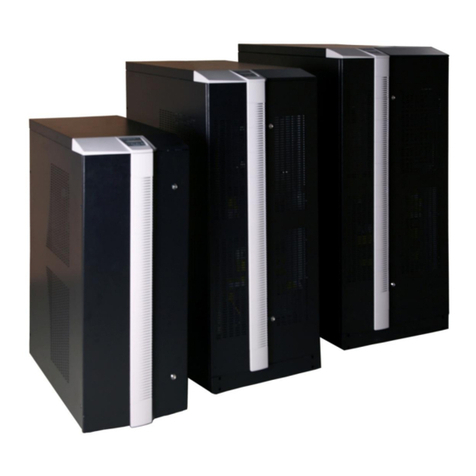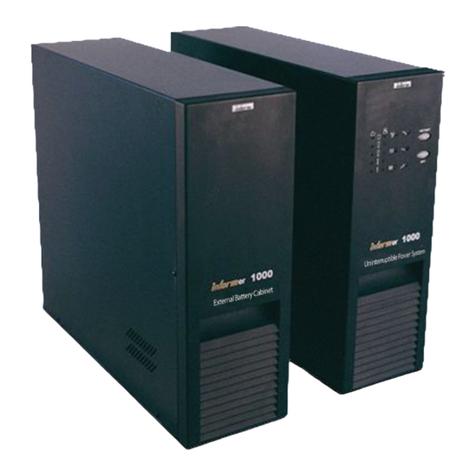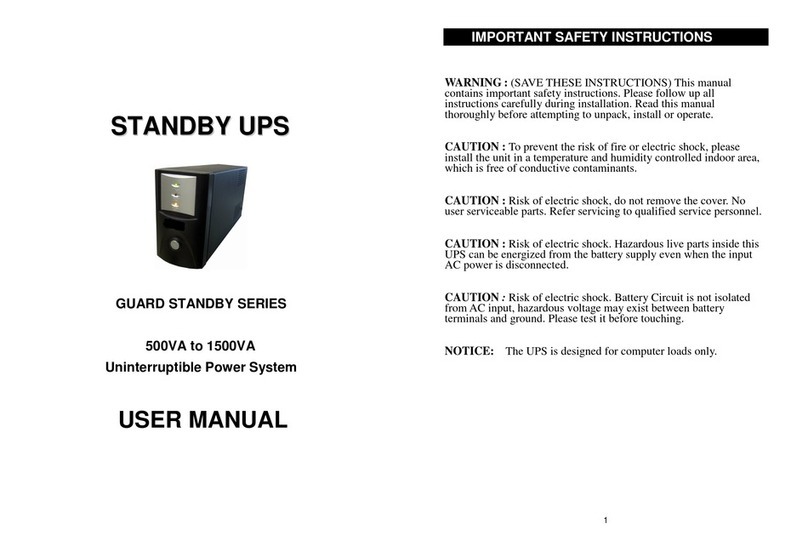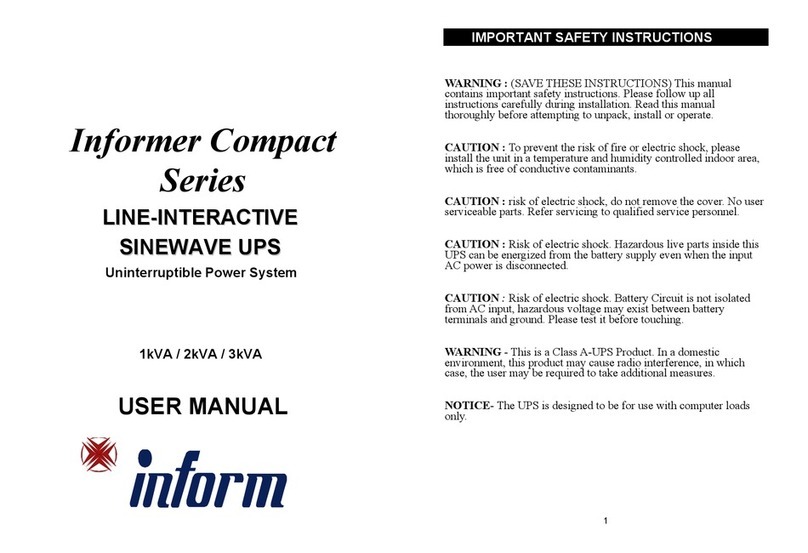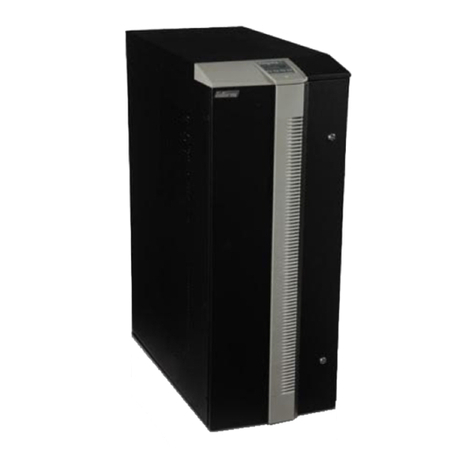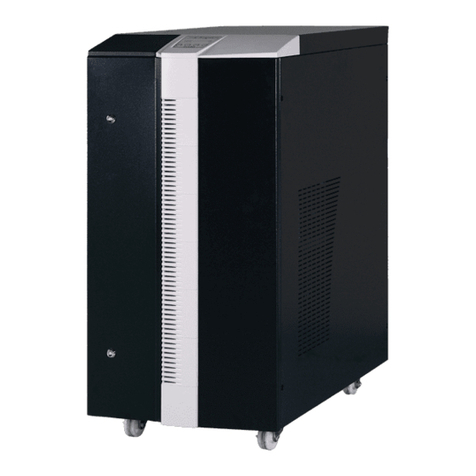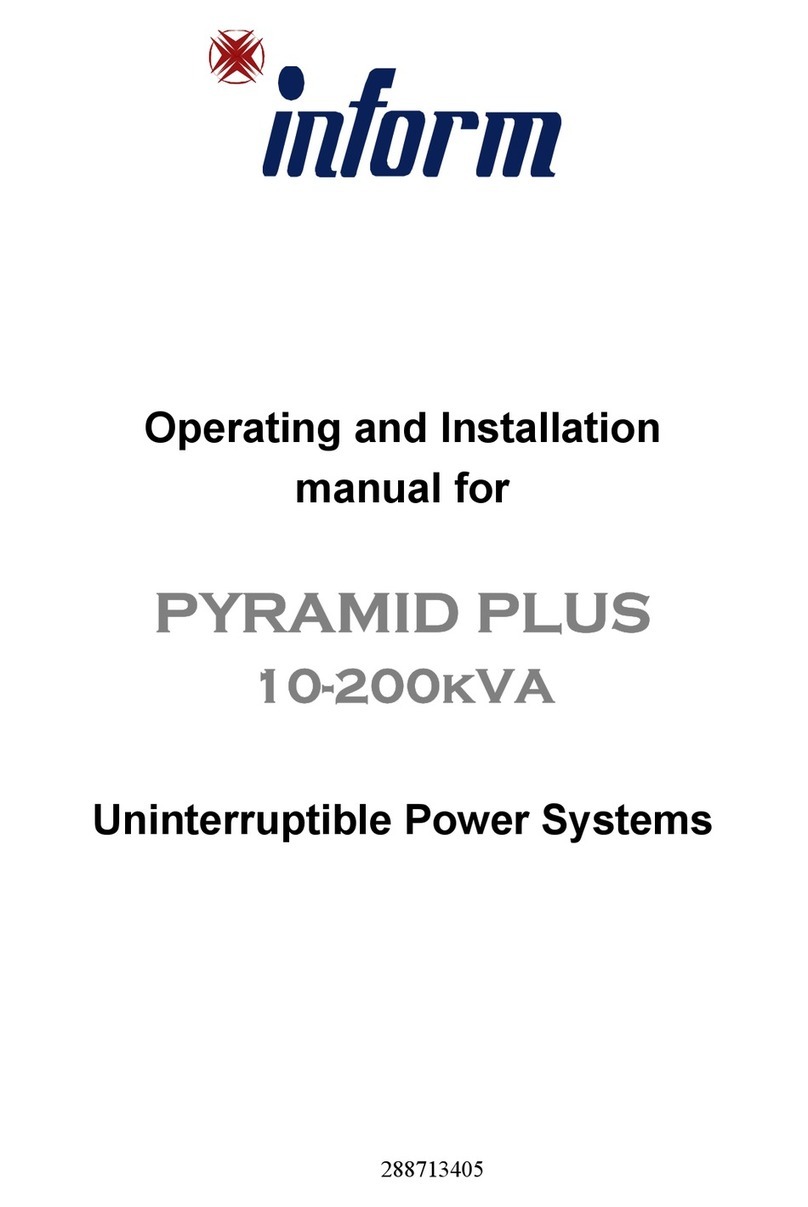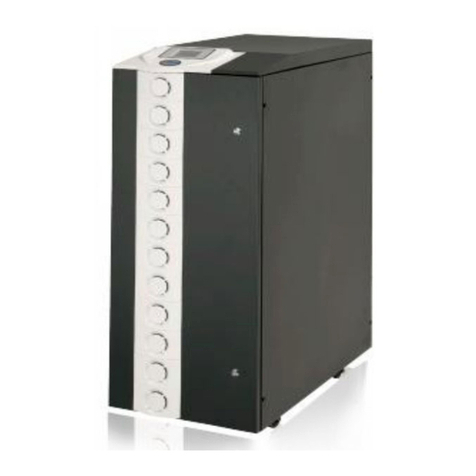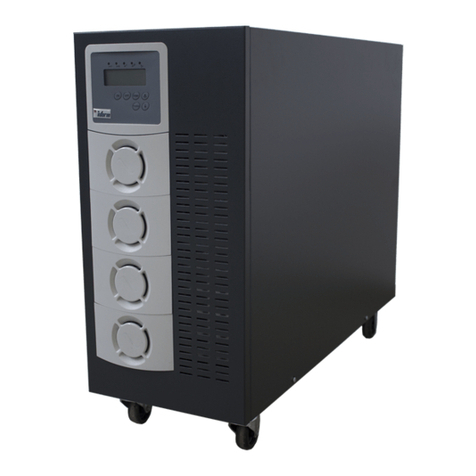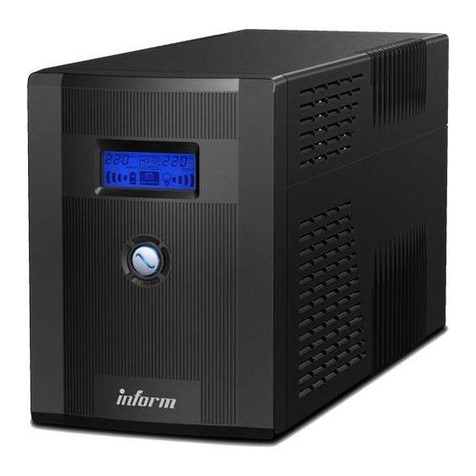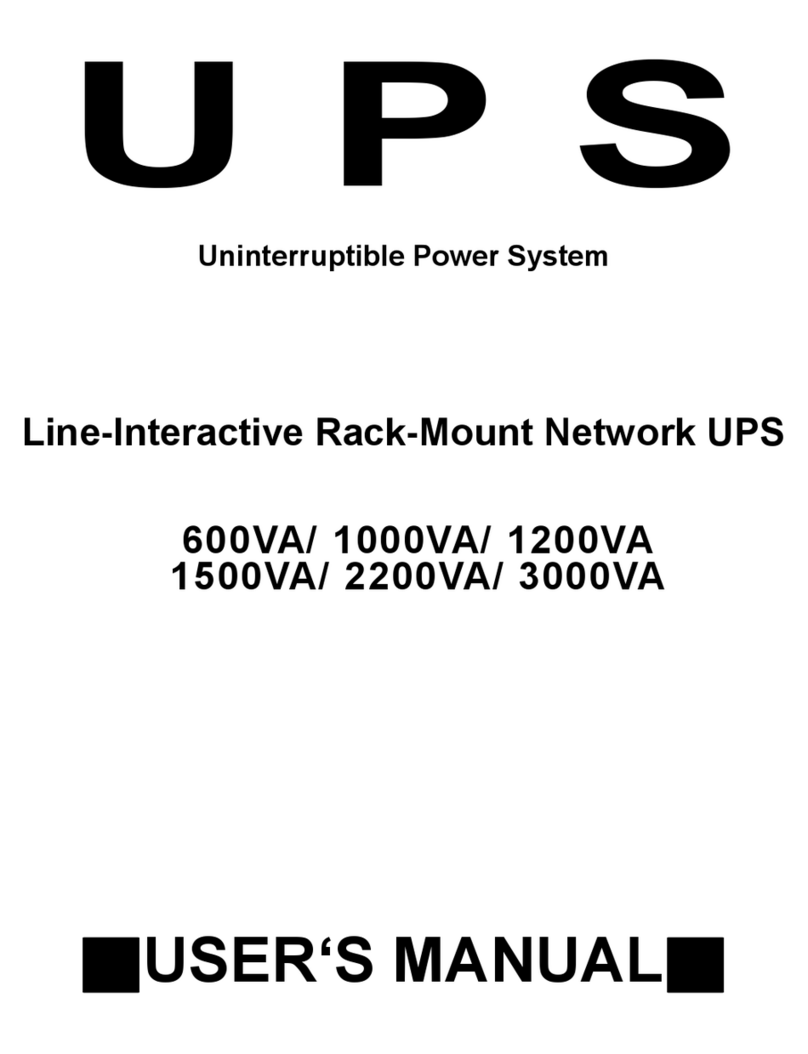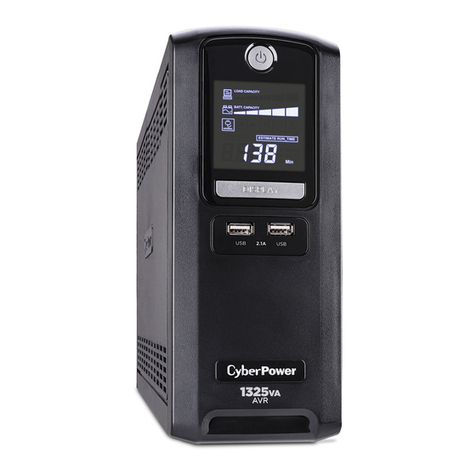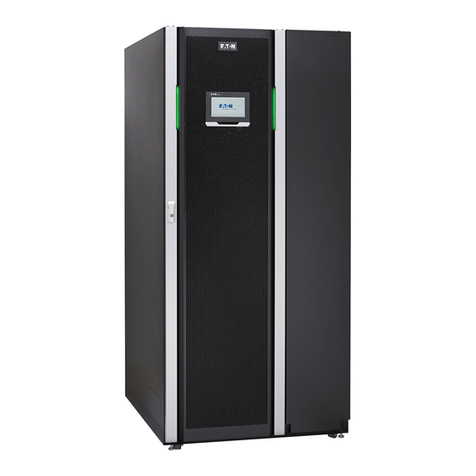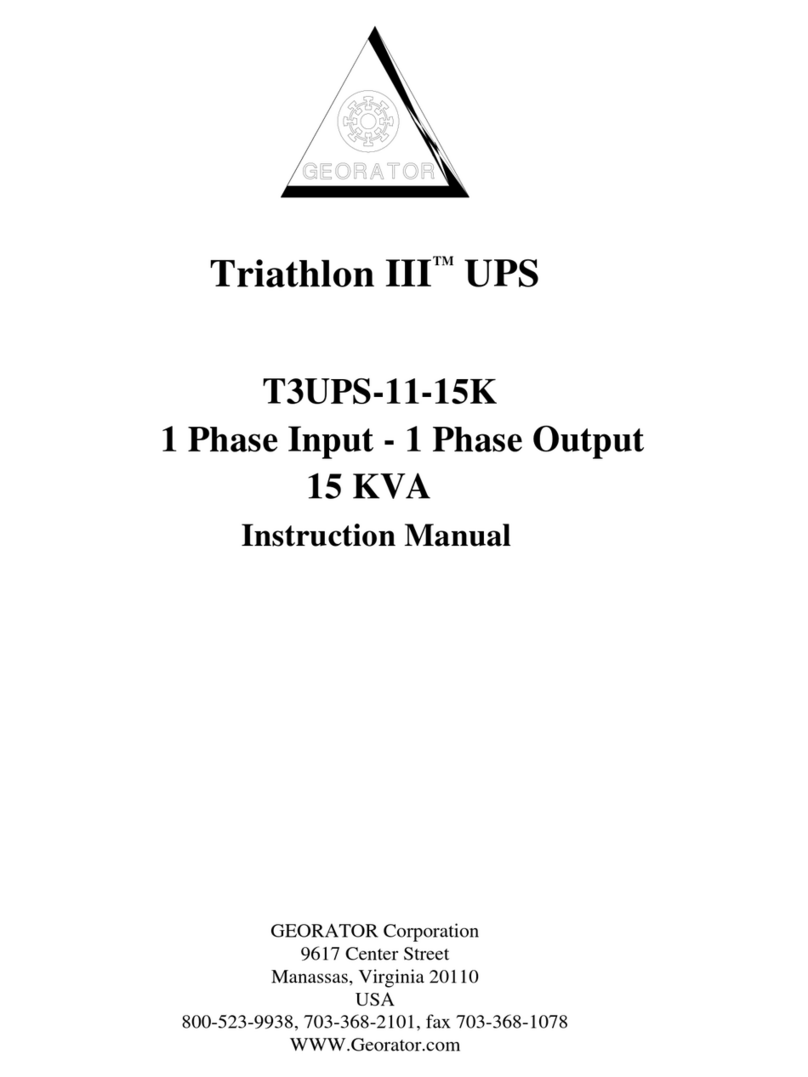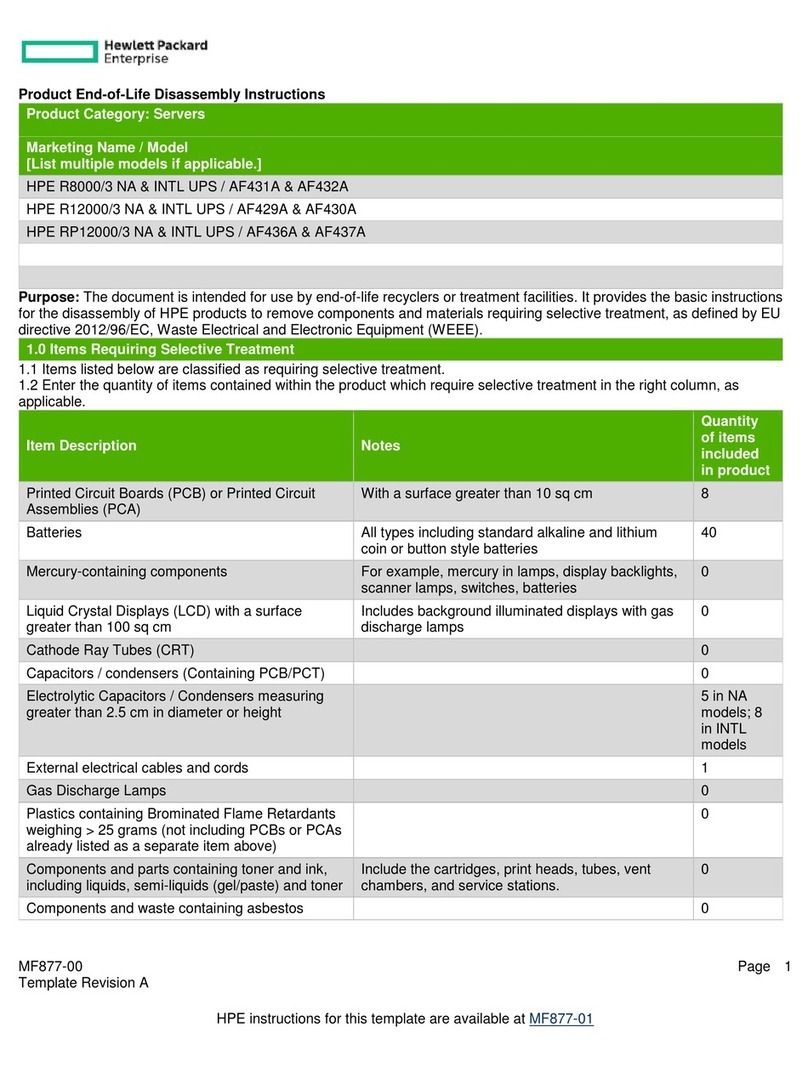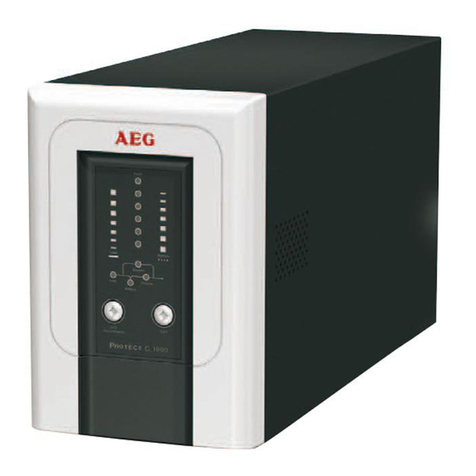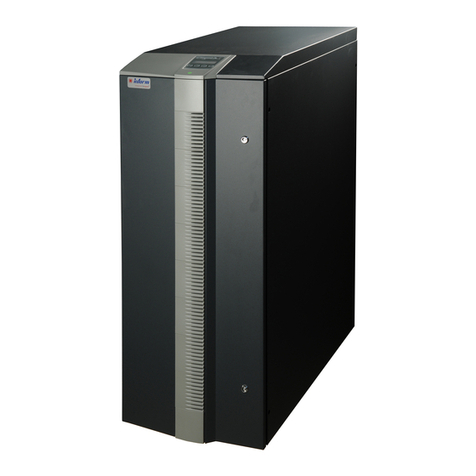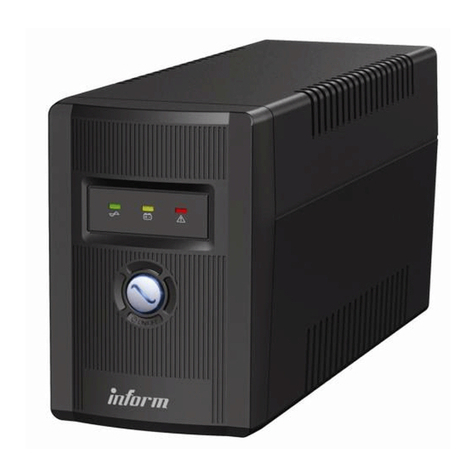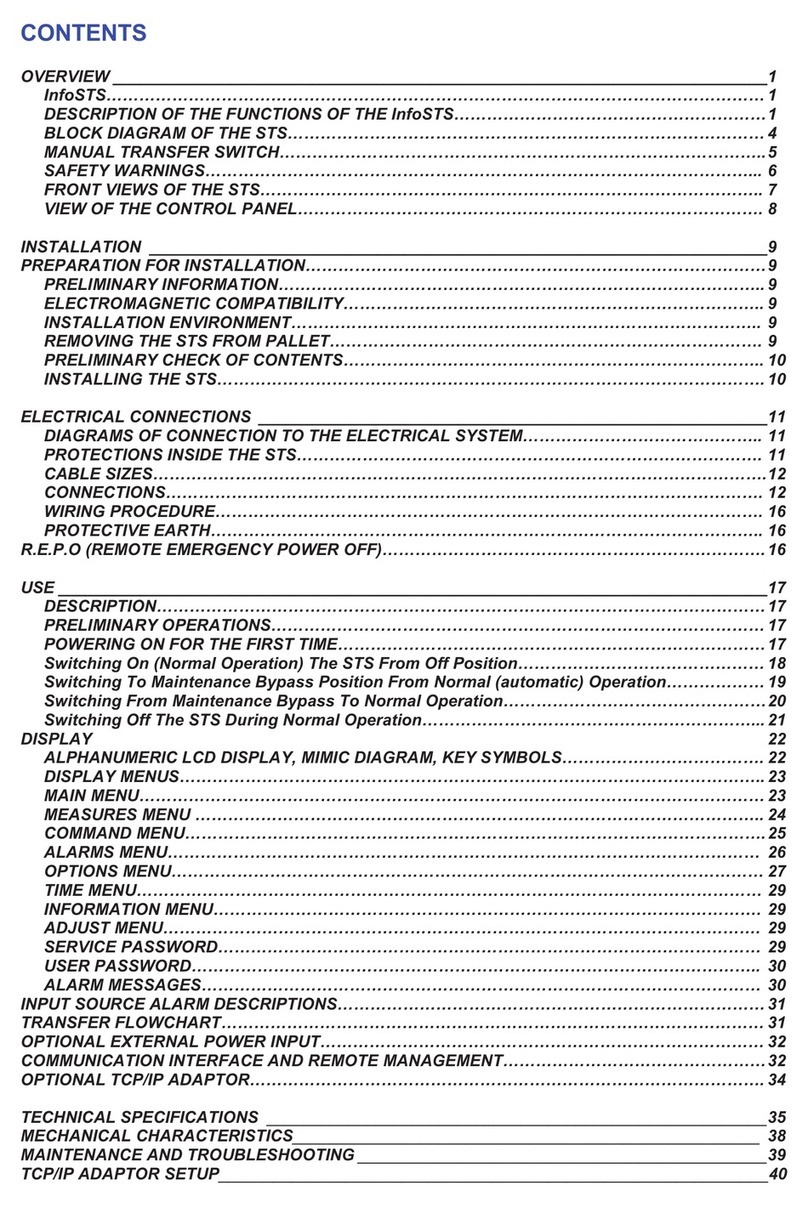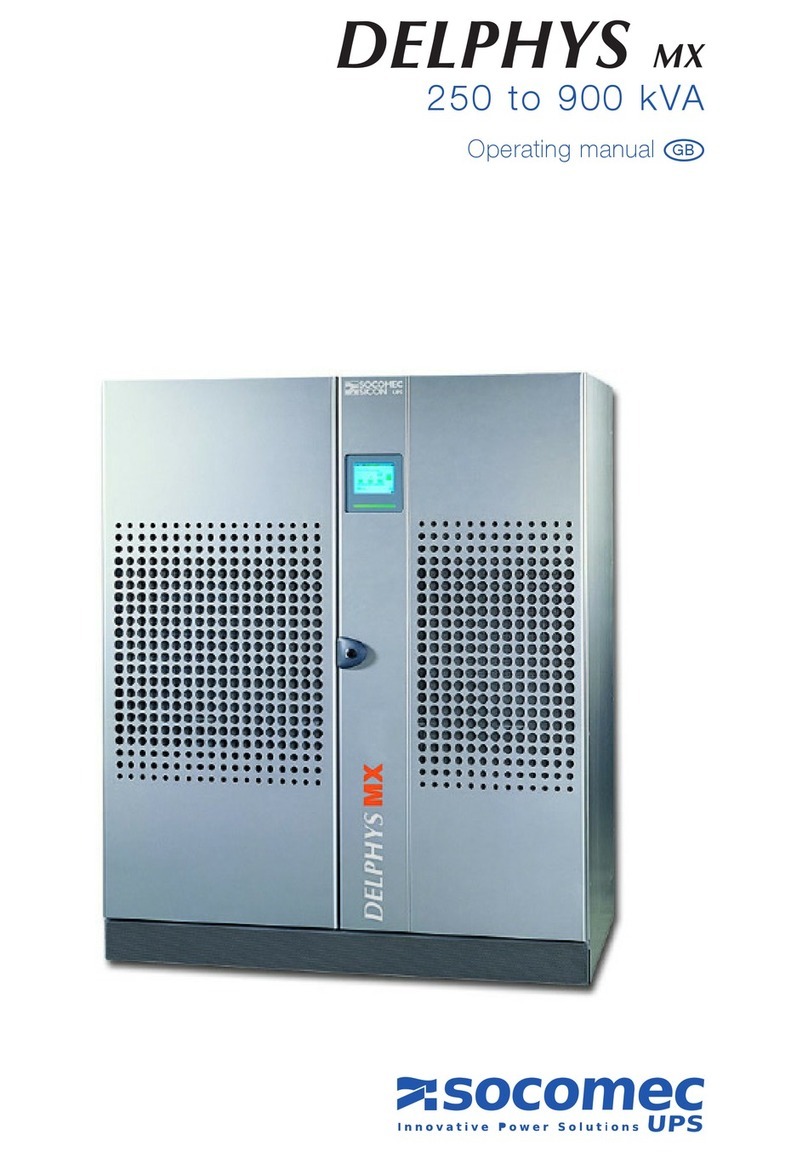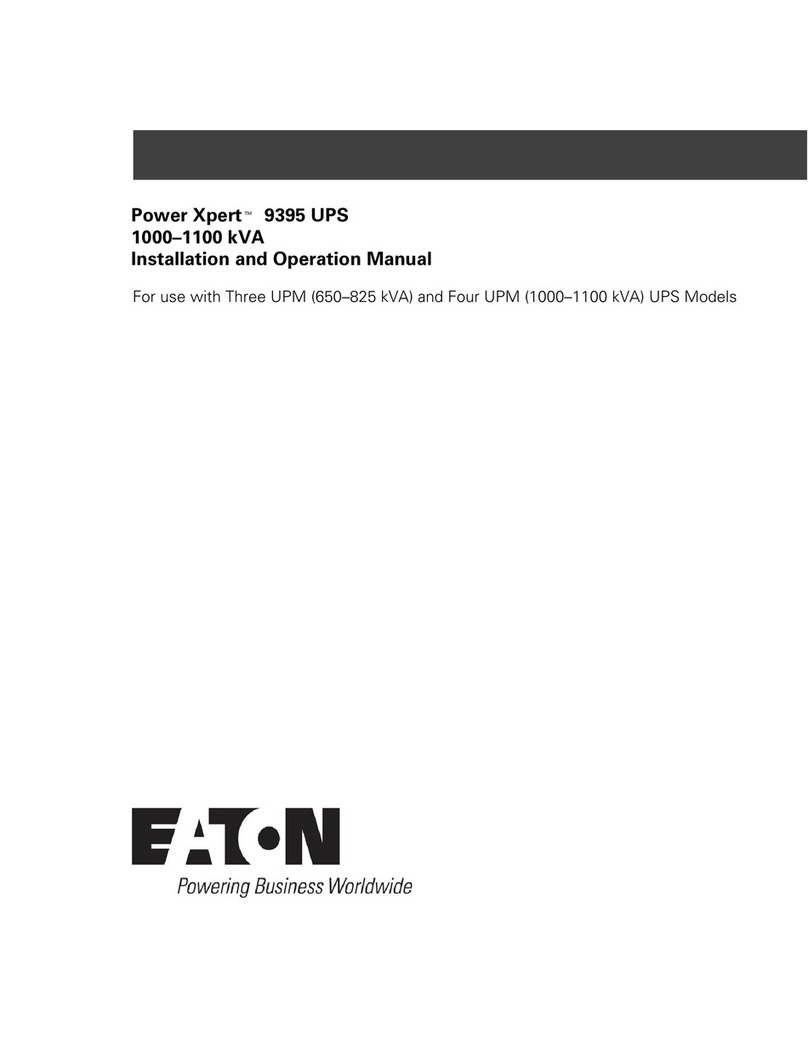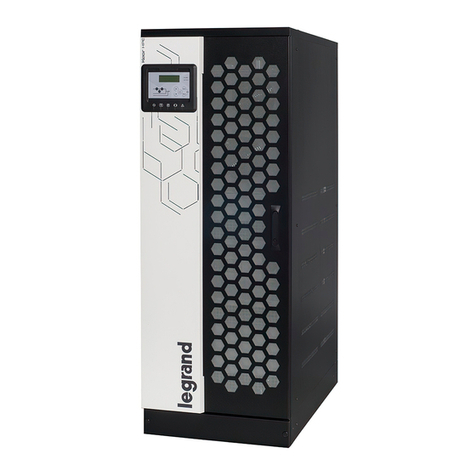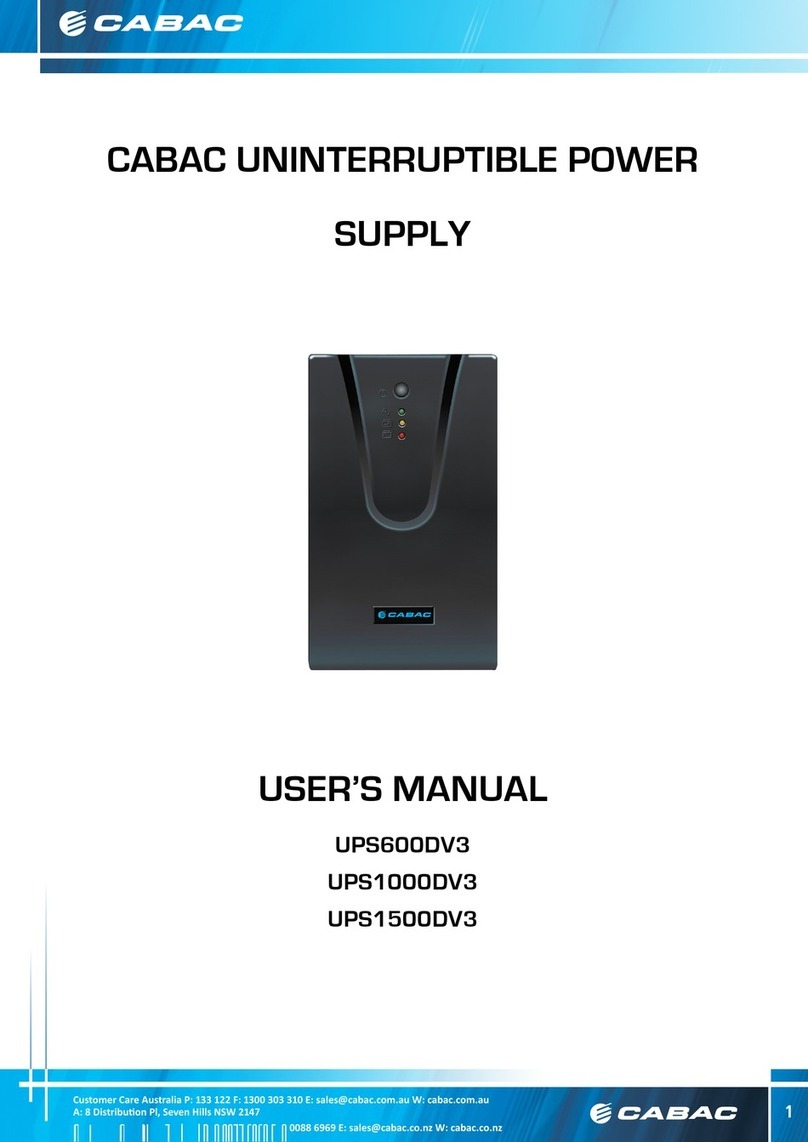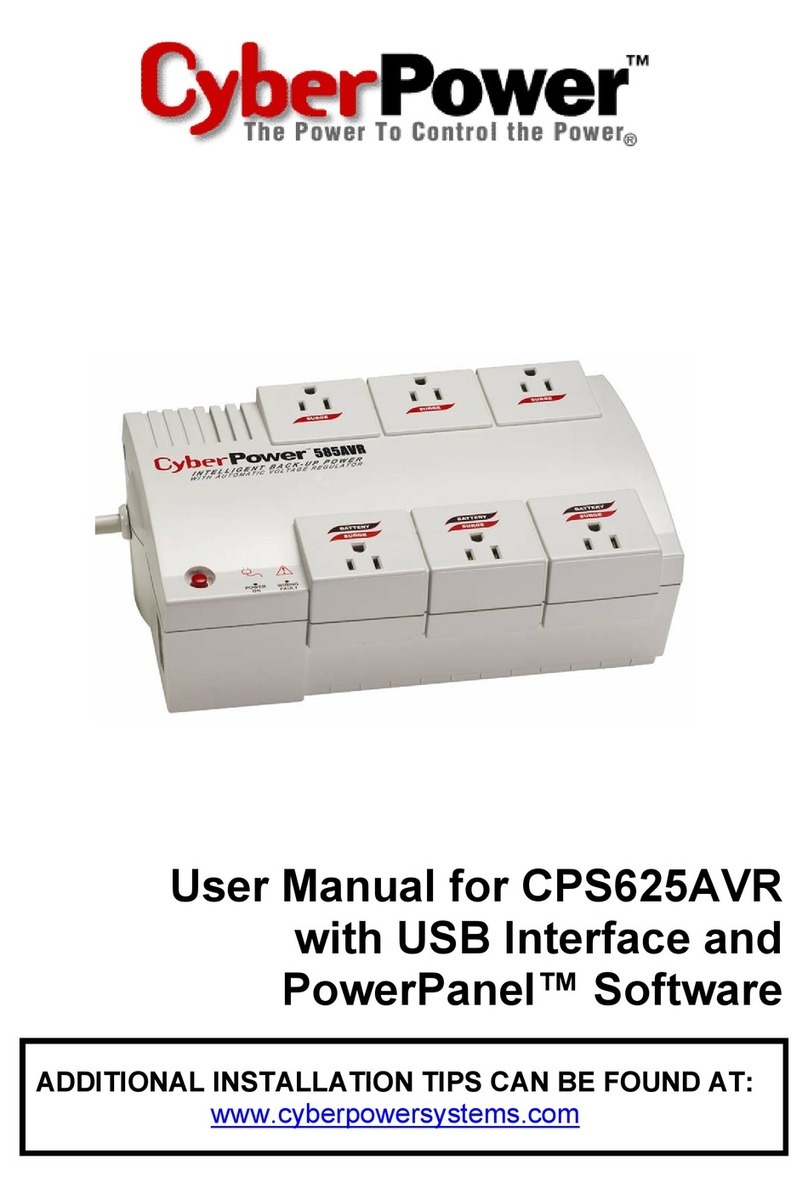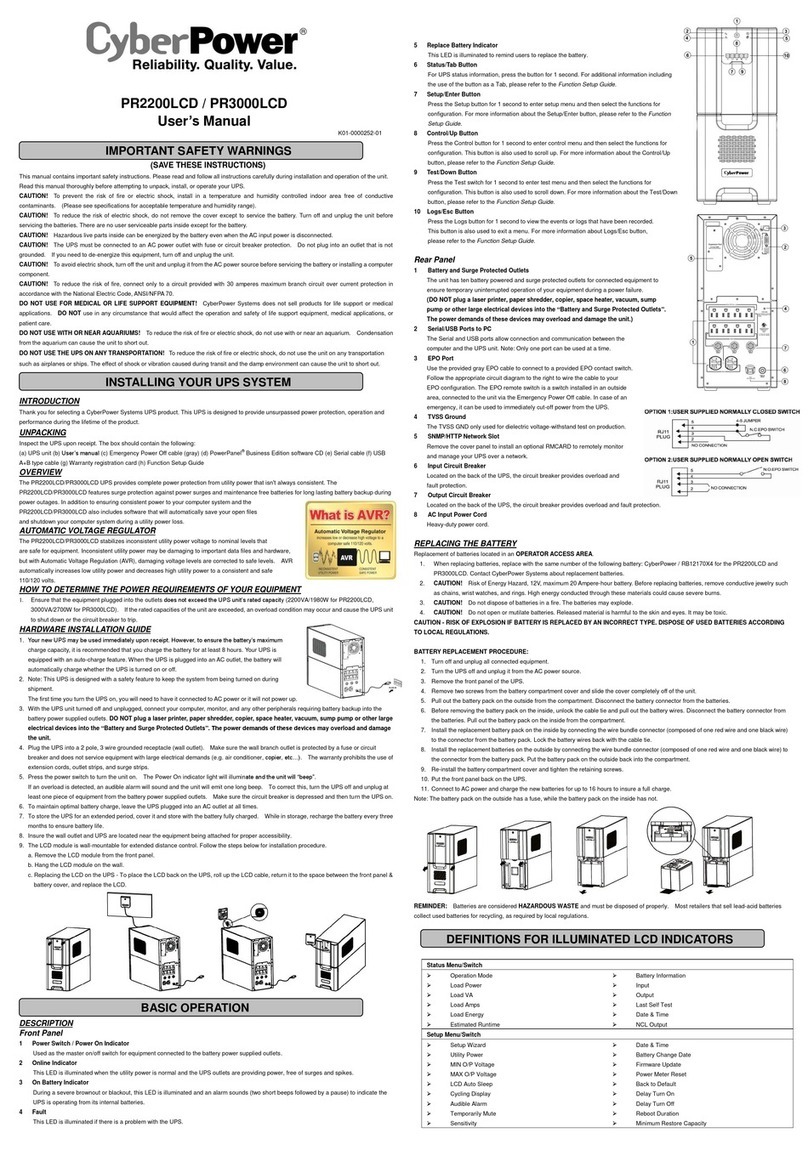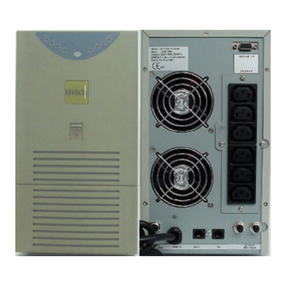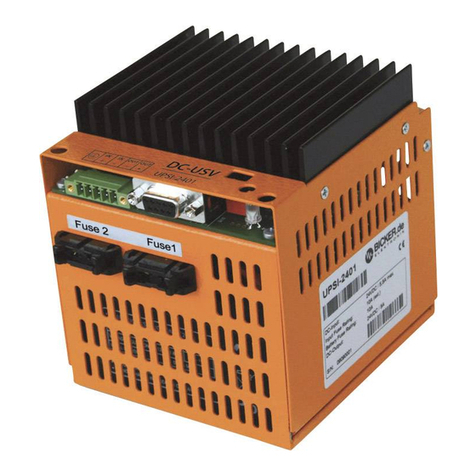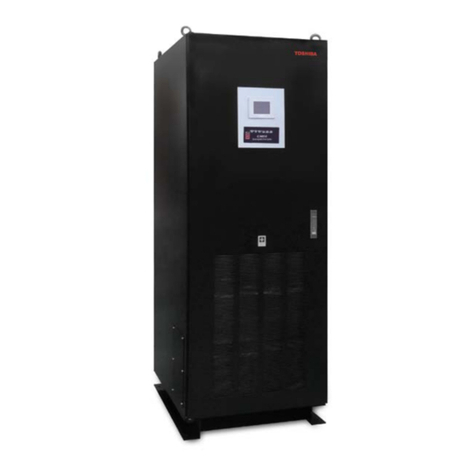
ETR EVO UPS User Manual (Ver. 1.0) Page iv
INDEX
1. WARRANTY.........................................................................................................................................1
1.1. Terms of Warranty ......................................................................................................................1
1.2. Out of Warranty Terms and Conditions......................................................................................1
2. SAFETY................................................................................................................................................2
2.1. Important Notice for UPS............................................................................................................2
2.2. Important Notice for Battery ......................................................................................................3
2.3. Description of the Symbols Used on the Labels Applied to the UPS ..........................................3
3. REQUIREMENT ...................................................................................................................................4
3.1. Transportation.............................................................................................................................4
3.2. Placement....................................................................................................................................4
3.3. Storage ........................................................................................................................................5
3.4. Electrical Requisites.....................................................................................................................5
4. UNPACKING AND INSTALLATION OF UPS ..........................................................................................7
4.1. Unpacking and Moving................................................................................................................8
4.2. Installation Procedures .............................................................................................................10
4.2.1. Power Connections.............................................................................................................10
4.2.2 Communiation Interface Connection..................................................................................22
5. MODES OF OPERATION....................................................................................................................28
5.1. Bypass Operation (Eco-Mode) ..................................................................................................29
5.2. Online Operation.......................................................................................................................30
5.3. Battery Operation .....................................................................................................................30
5.4. No Operation.............................................................................................................................32
5.5. Manual Bypass Operation .........................................................................................................33
6. FRONT PANEL...................................................................................................................................34
6.1. Colourful Graphical Touchscreen Panel....................................................................................35
6.2. Menu .........................................................................................................................................38
6.2.1. Alarms Menu ......................................................................................................................38
6.2.2. Measurements Menu .........................................................................................................39
6.2.3. Settings Menu.....................................................................................................................40
6.2.4. Diagnostics Menu ...............................................................................................................43
6.2.5. About Menu........................................................................................................................44
6.2.6. Command Menu.................................................................................................................45
7. OPERATING PROCEDURES ...............................................................................................................47
7.1. Preparations..............................................................................................................................47
7.2. Presettings of UPS .....................................................................................................................48
7.3. Commissioning ..........................................................................................................................48




















